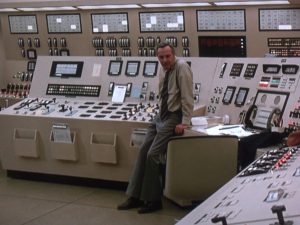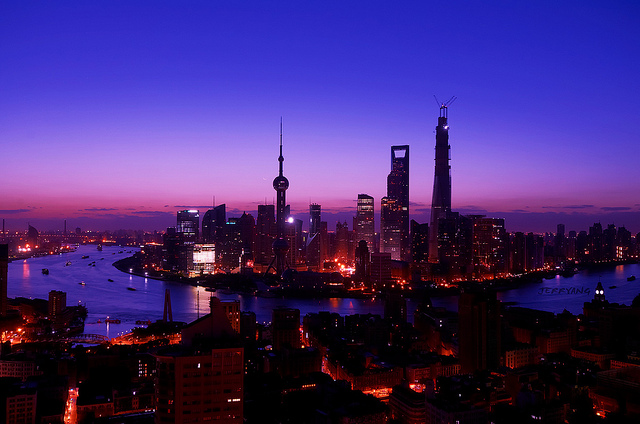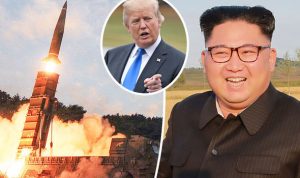
By Bill Lee
You’re either for nuclear power or against it (I’m for it); there’s no in between. For an expanding power, literally, like China, energy supply is crucial. Oddly enough, China is the third largest nuclear energy producer in the world behind the United States and France, and yet nuclear power accounts for only three percent of China’s total energy usage.
China wants to get oil from offshore oil fields. It wants to build infrastructure on the reclaimed islands in the South China Sea. And it wants to expand port facilities in developing countries along the Maritime Silk Road under the One Belt and One Road initiative. But it needs energy for these offshore and remote locations.
The solution its banking on is floating nuclear power stations. Smallish nuclear reactors and power plants are mounted on barge-like vessels, which can then maneuver where needed. The output is only 10-20 percent of that from larger land-based nuclear power plants, but it’s enough to power offshore drilling rigs, fuel desalinization plants on remote islands, provide emergency power to disaster-hit areas, and so on. China is planning to build 20 floating nuclear power stations by the 2020s, and the first one should be in operation by 2019.
There are problems deploying these floating nuclear reactors of course. How will the United States react if China deploys these power stations in the South China Sea? What are the risks if one is in an area hit by a typhoon? (One manufacturer, China General Nuclear Power Group, says that its station will be able to dive underwater to avoid such a situation.) And can they be protected well enough from terrorists who want their reactors?
These and other issues, such as the expensive price tag, must be resolved before they can be deployed. But considering the stakes, these offshore nuclear power stations could fit in very nicely with China’s ambitions.
Leave a comment.
Photo by Daniel Oines via Flickr
 日本語
日本語 English
English 中国語
中国語








